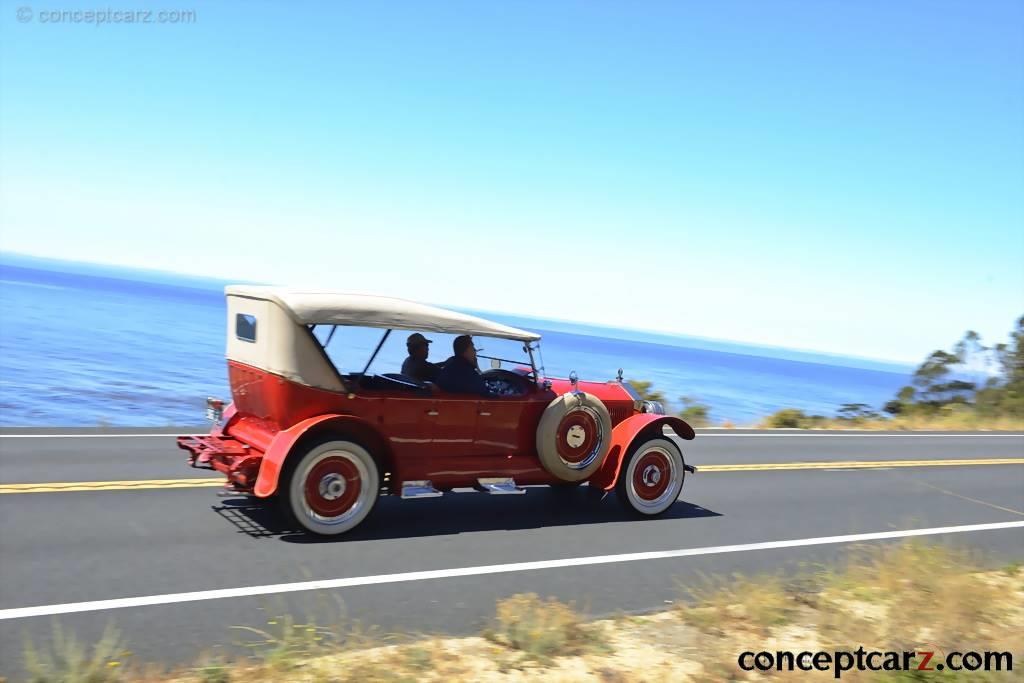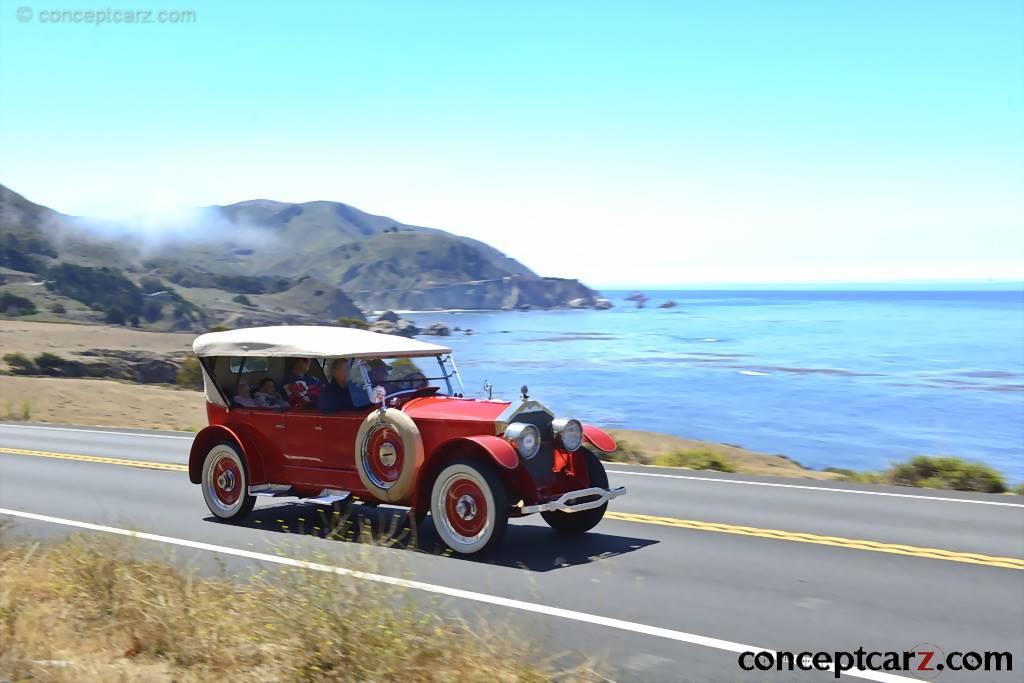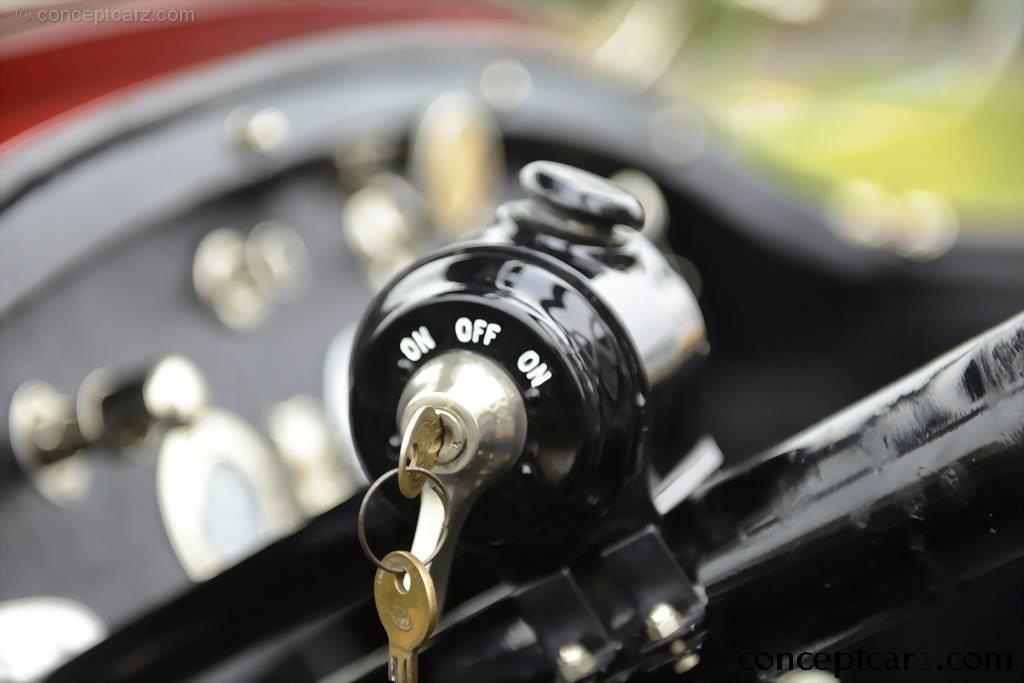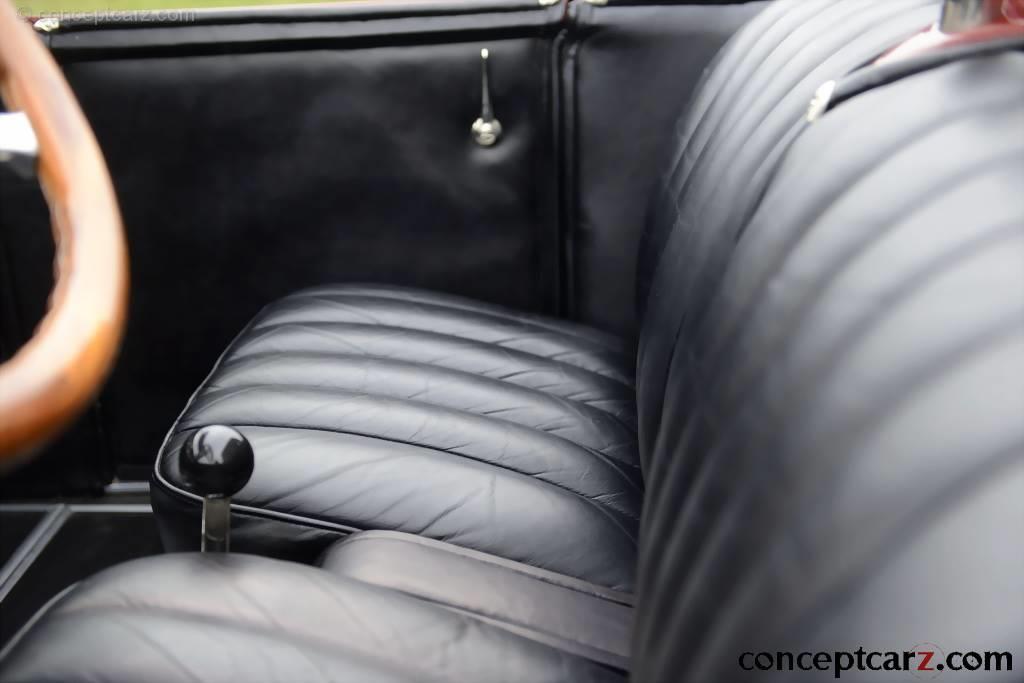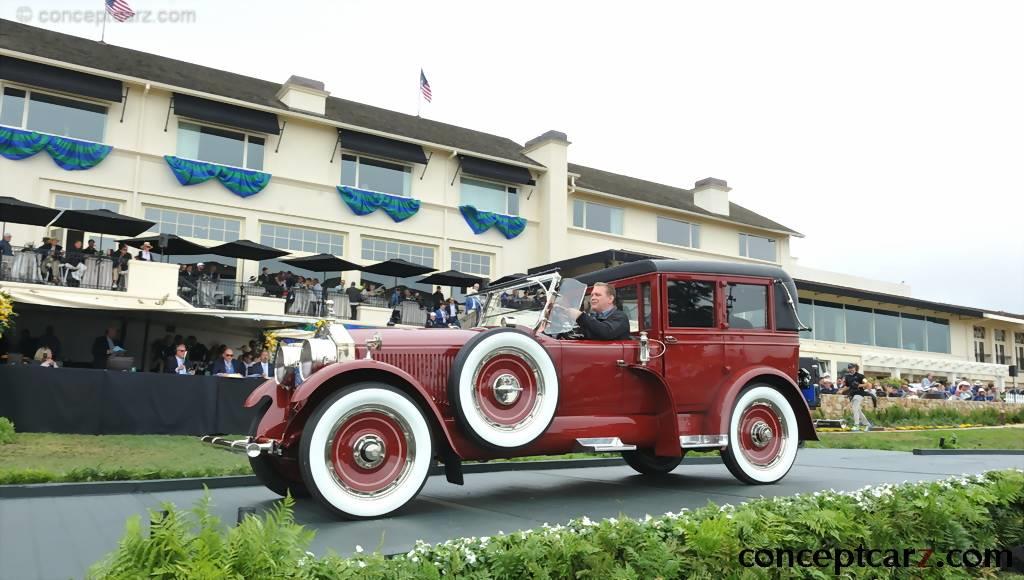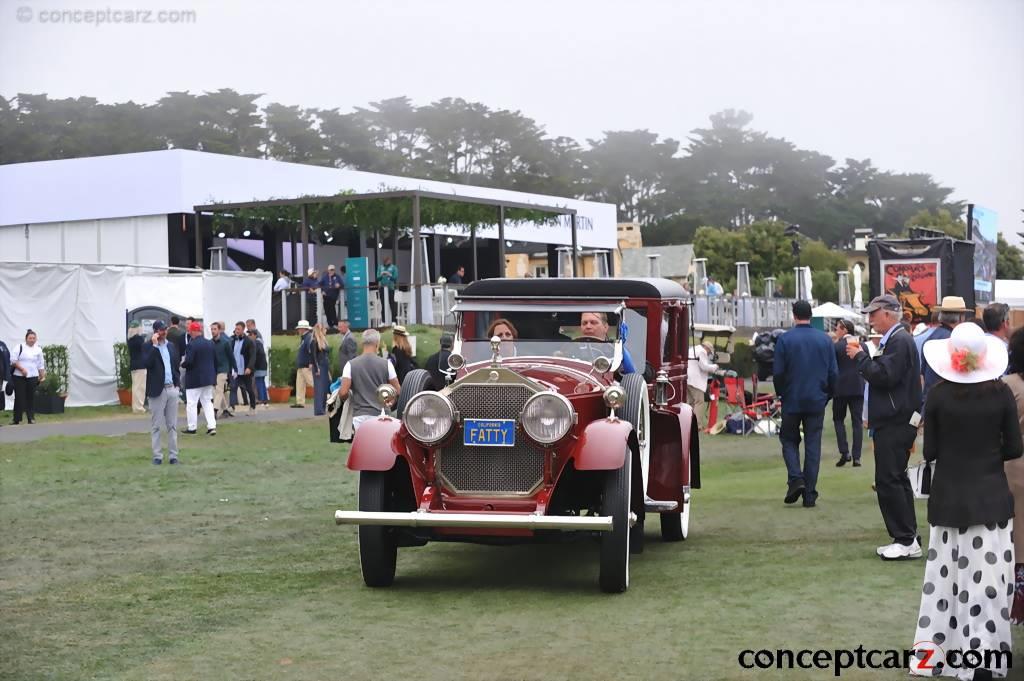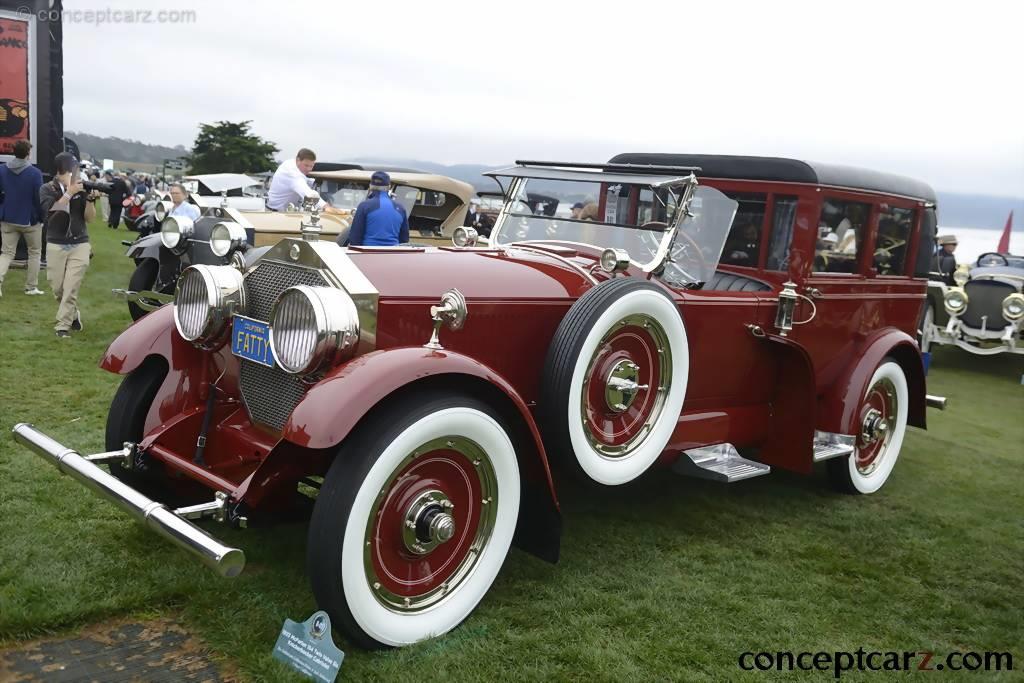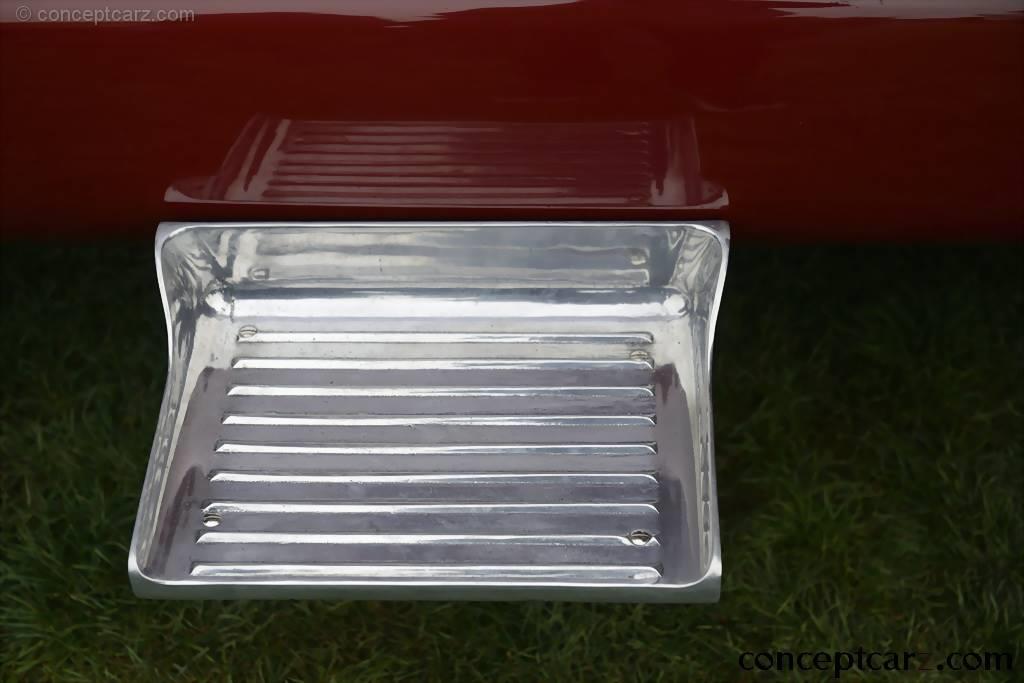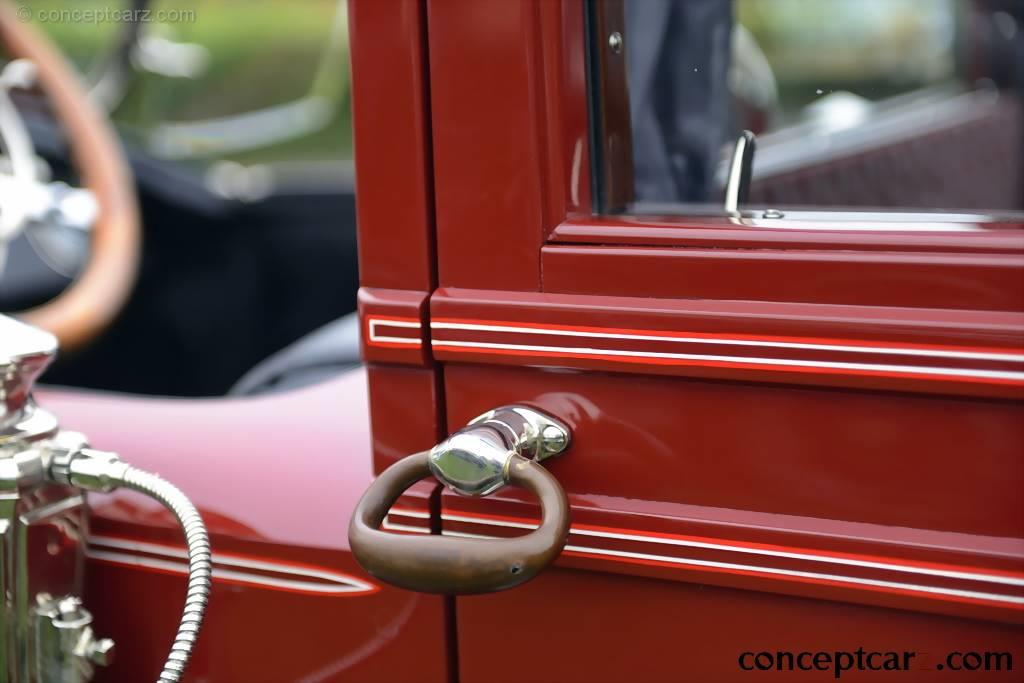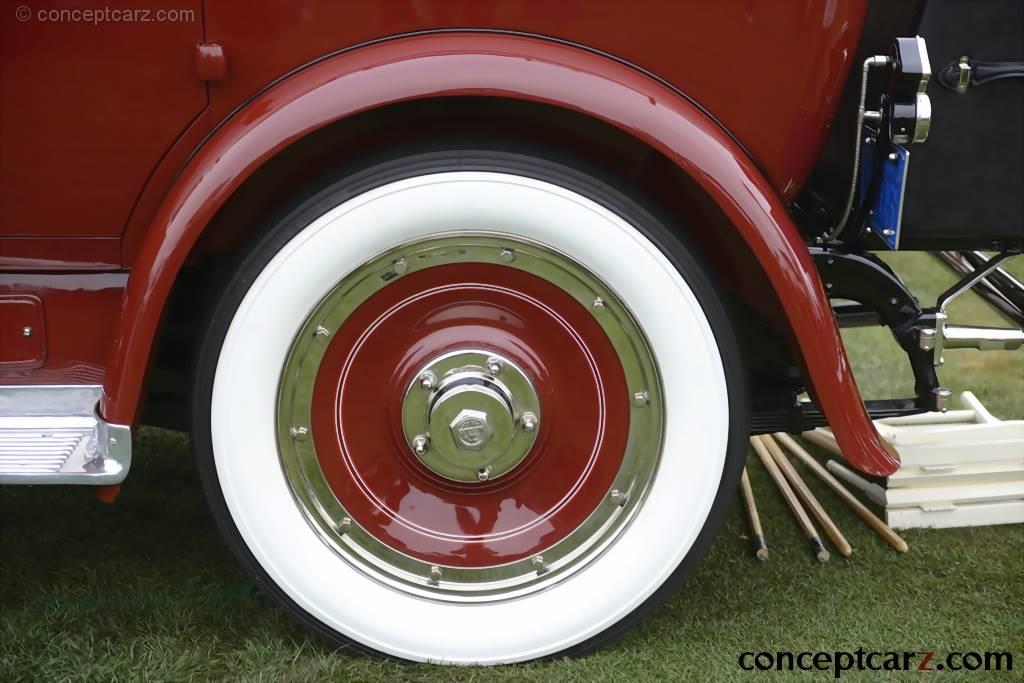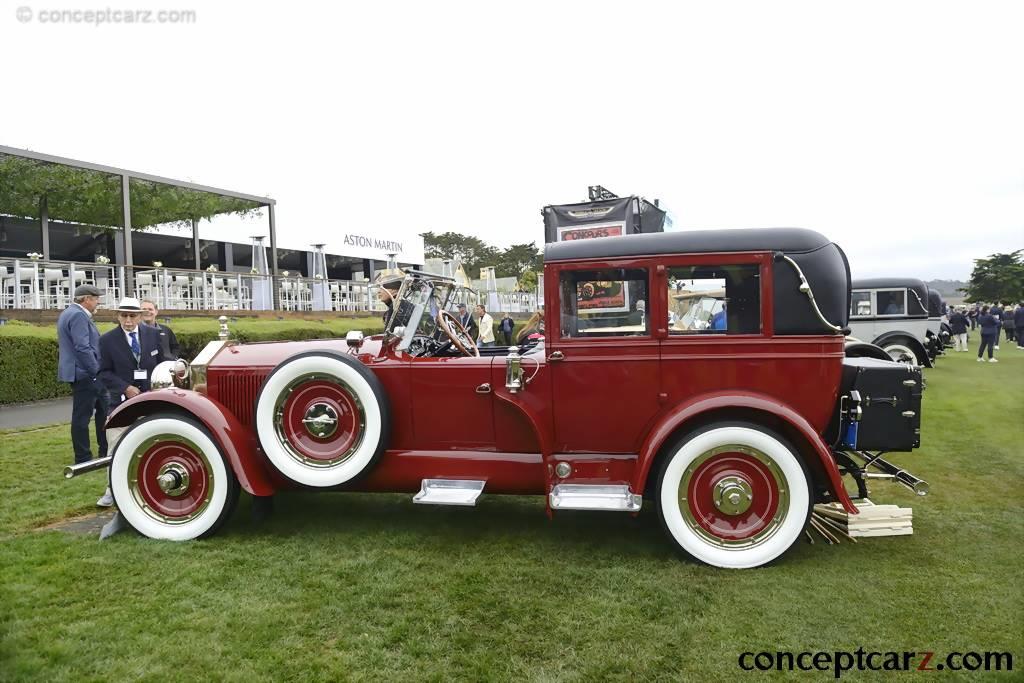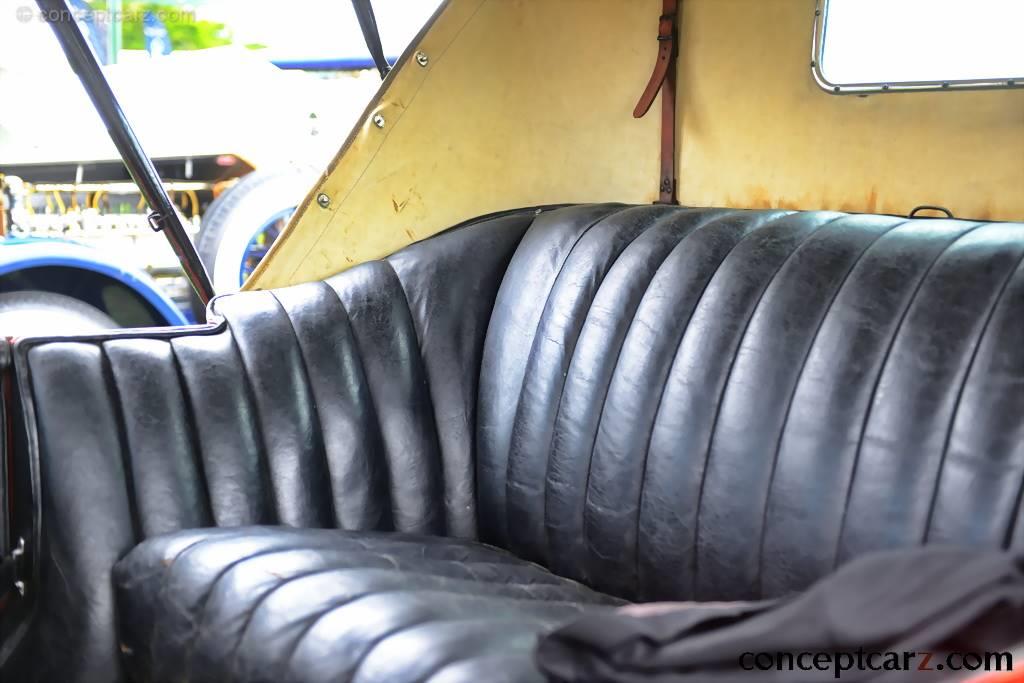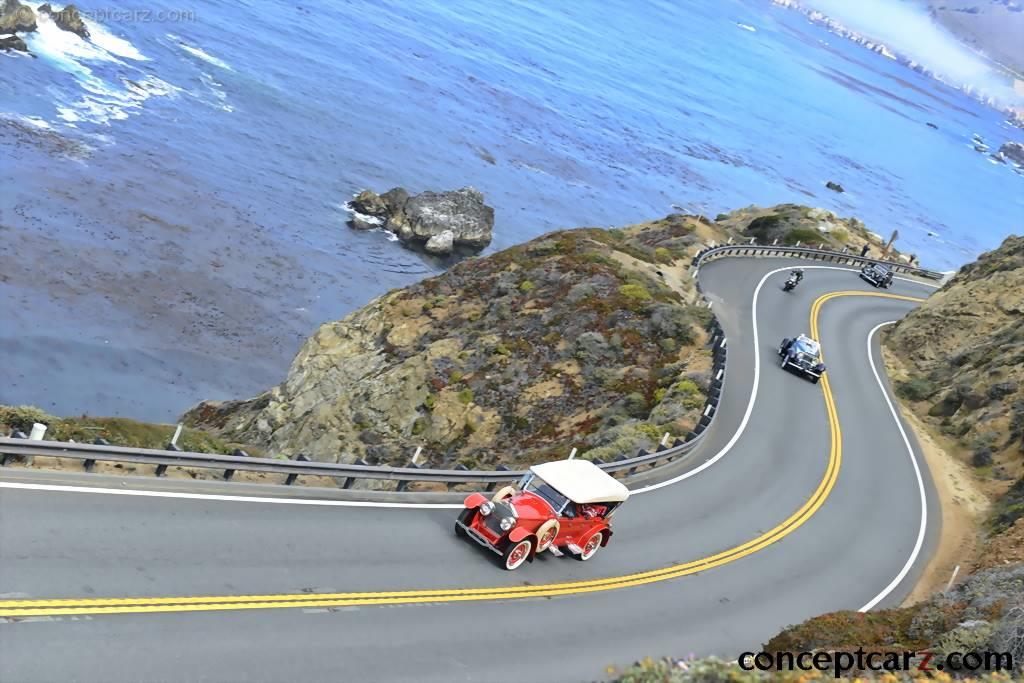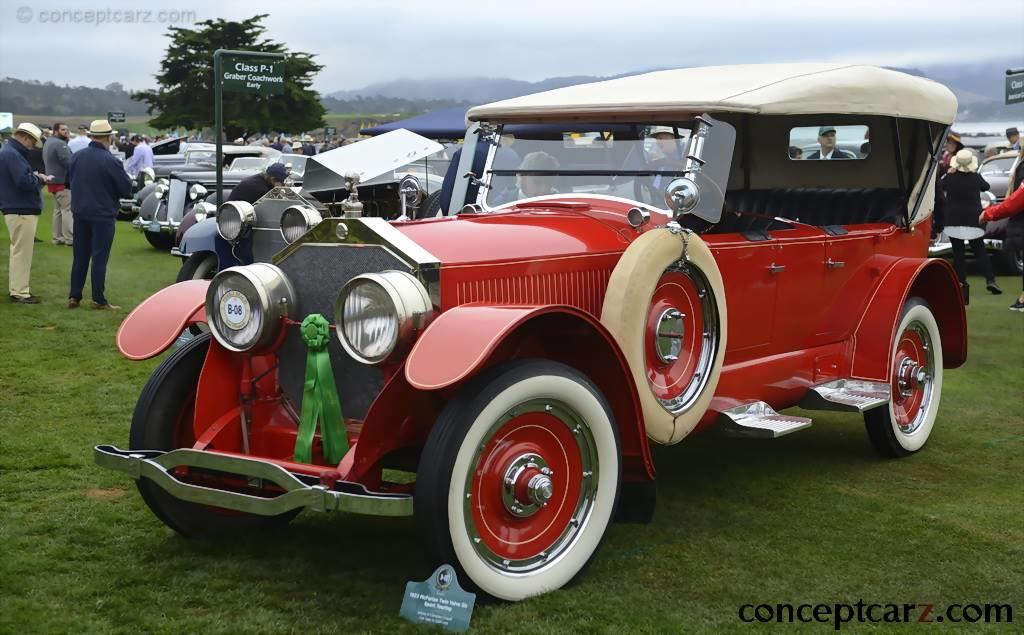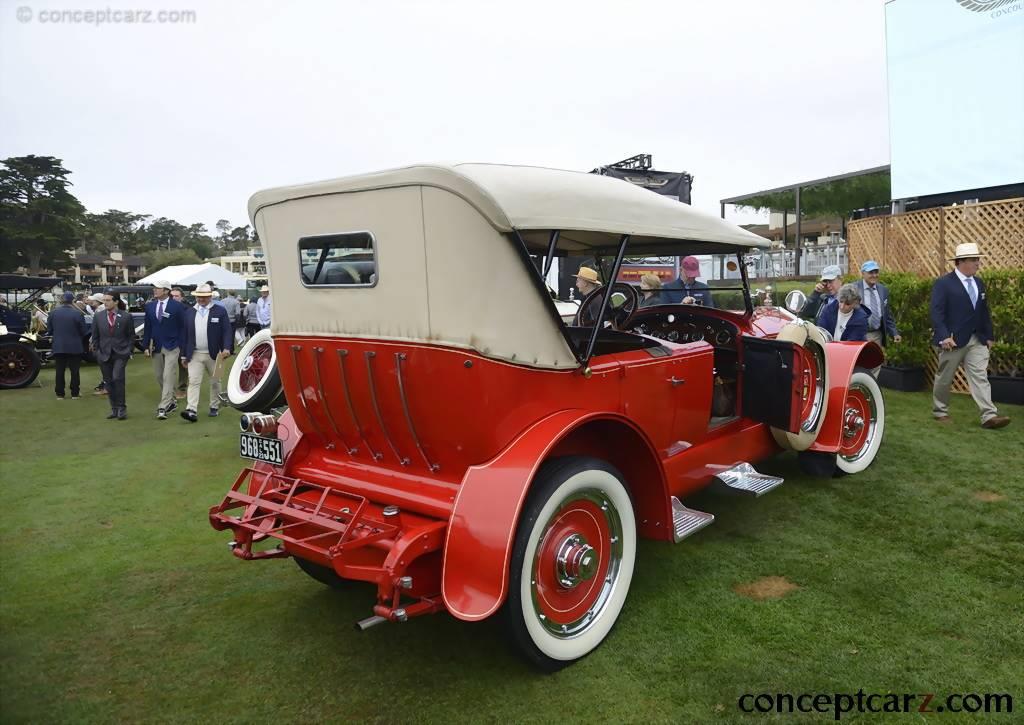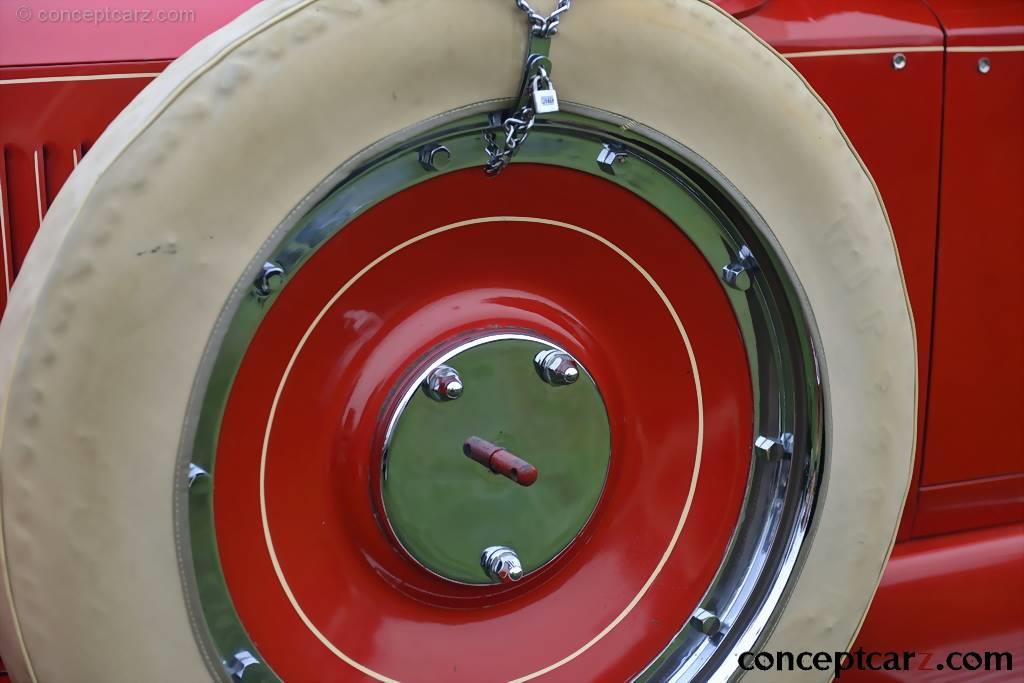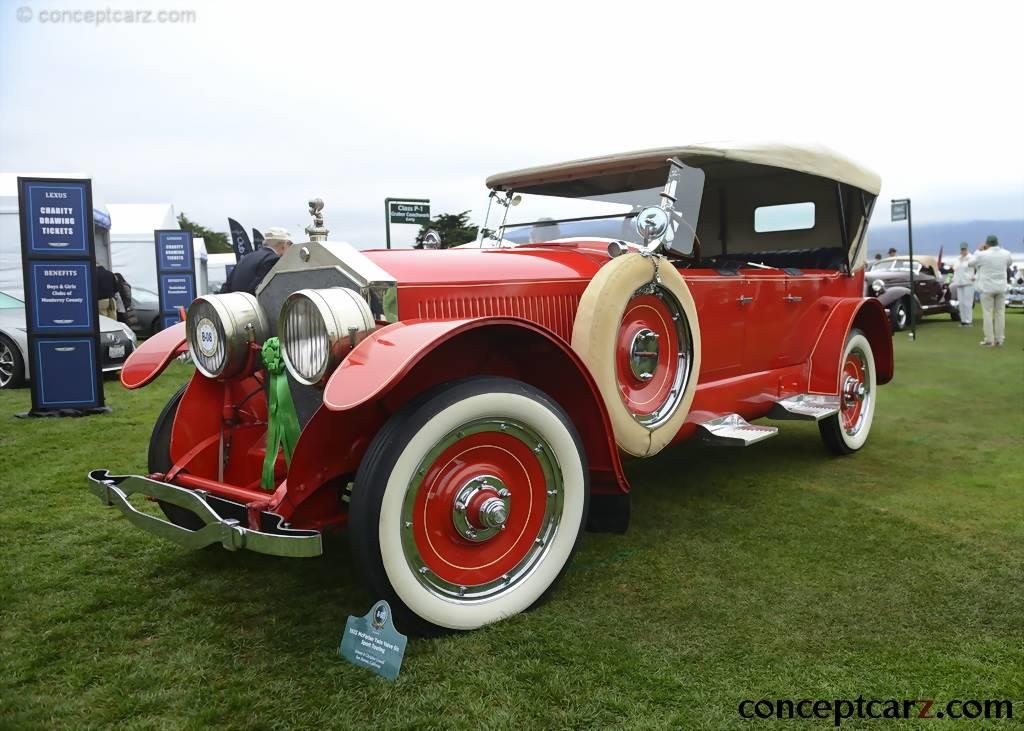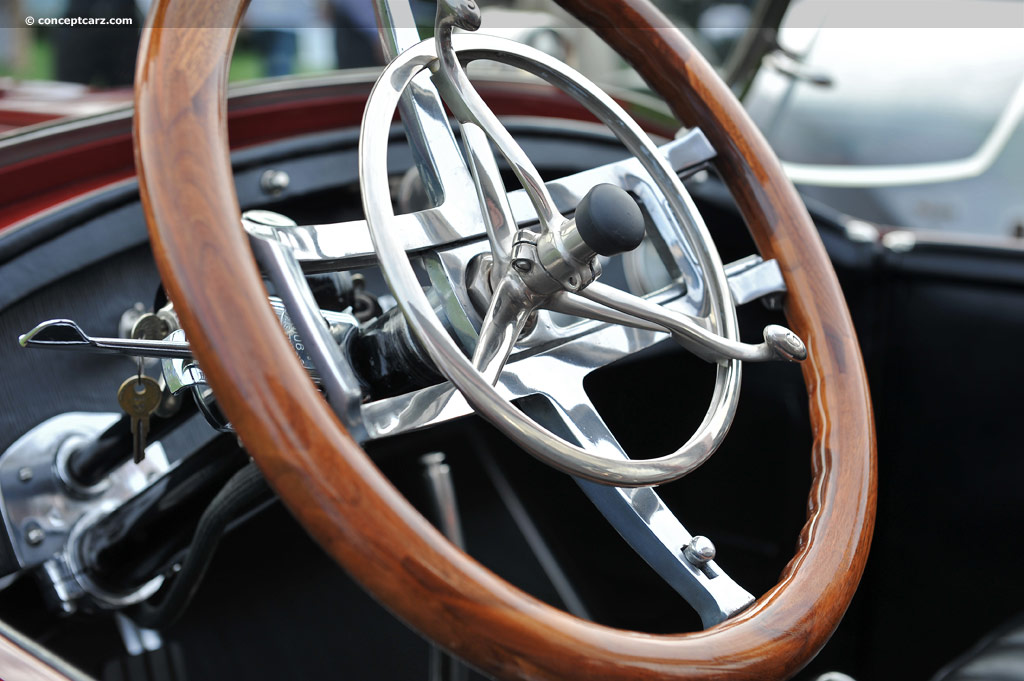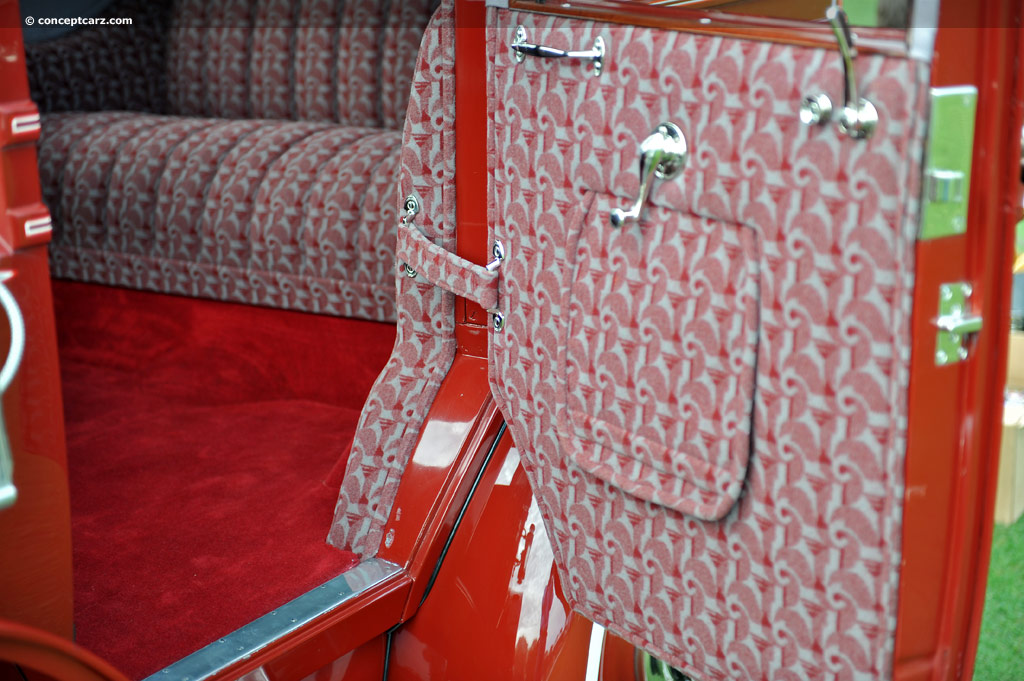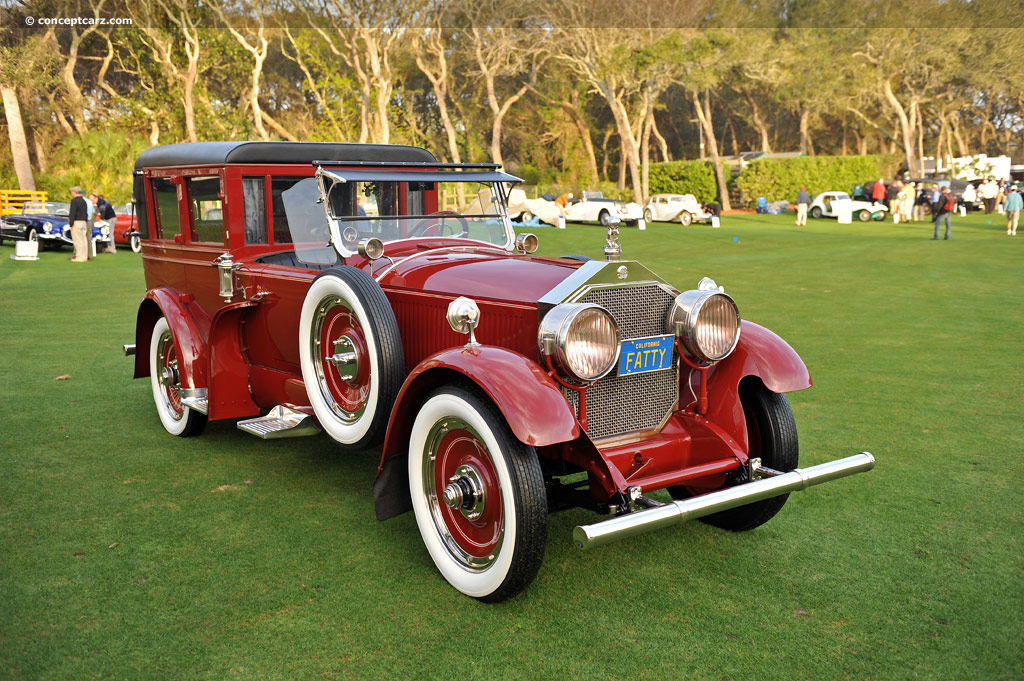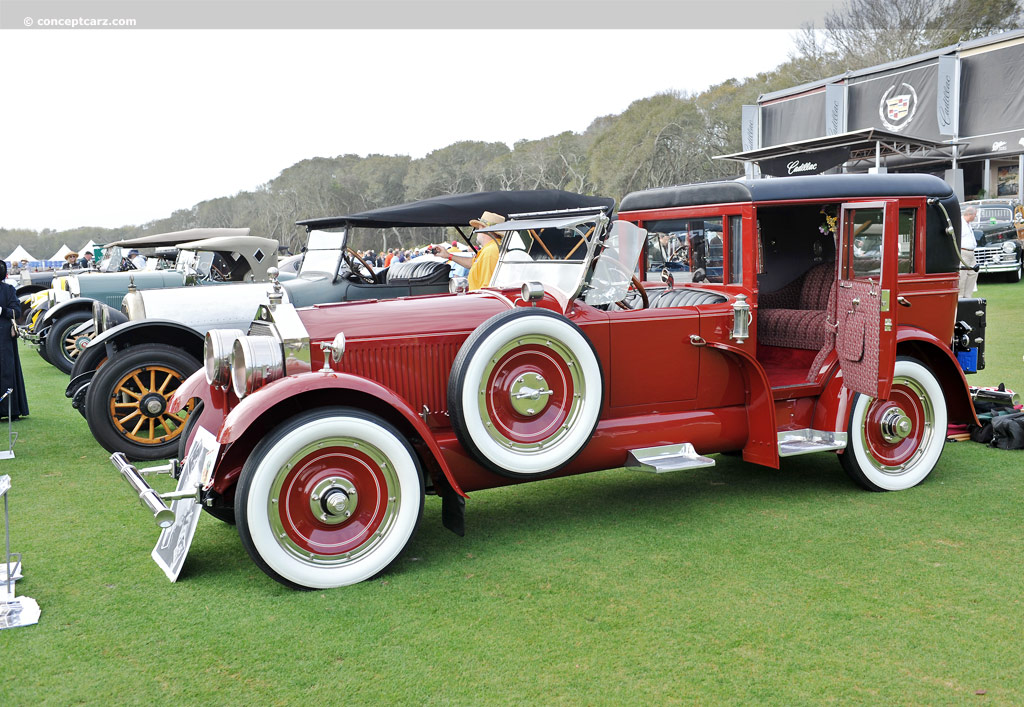McFarland and Auburn had very similar histories, as both were based in Indian and both had worked in the carriage trade before switching to horseless carriages. While Auburn would gain fame via its Boattail Speedster and its association with the Auburn Cord Duesenberg conglomerate, Mcfarland’s niche was on the exclusive, large, and luxurious automotive landscape. A pair of McFarlands would place within the top five at the Indianapolis Labor Day races in 1910, just a year after they were founded. At the inaugural Indianapolis 500 race in 1911, a McFarlan led the race for a brief time after the pace car pulled off the track, and although it would finish the race, it did not place.
McFarland manufactured carriages from the mid-1850s until 1909, when Harry McFarland created his first automobile. Although they quickly found success with racing, that was not the company’s main focus, rather they specialized in building limited quantities of high-end automobiles, clothed with coachwork created in-house. 1924 was the company’s peak year of production, and just 278 cars of all models and body styles were built.
McFarlan of Connersville, Indiana, manufactured automobiles from 1910 through 1928. Production often hovered around 150 to 200 automobiles annually and was always powered by at least six cylinders. Wheelbase sizes initially measured 120 inches before growing to 132- and 1936 inches by the mid-1910s, peaking at 141 inches.
The Twin-Valve Six model was introduced in 1921 and featured 18 spark plugs, triple ignition, and developed one-hundred and twenty horsepower. Demonstrating their engineering prowess, the engine was built in-house. A Single-Valve model was introduced in 1924 that was less powerful but also less expensive. Although it was priced several thousand dollars less than its larger and more powerful siblings, sales were slow and the model was axed by 1926. Another attempt was made to break into the lower-cost price segment with a range of models powered by Lycoming straight-8 engines. Although sales were better than the Single Valve models, it was too little too late. Both Harry McFarlan and his long-time associate Burt Barrows passed away in 1928, followed closely by the demise of the McFarlan company. The assets and facilities were acquired by Errett Lobban Cord who would use them to construct his new Duesenberg Model J.
A number of celebrities owned a McFarlan, including Jack Dempsey, Al Capone, Fatty Arbuckle, and Paul Whiteman.
